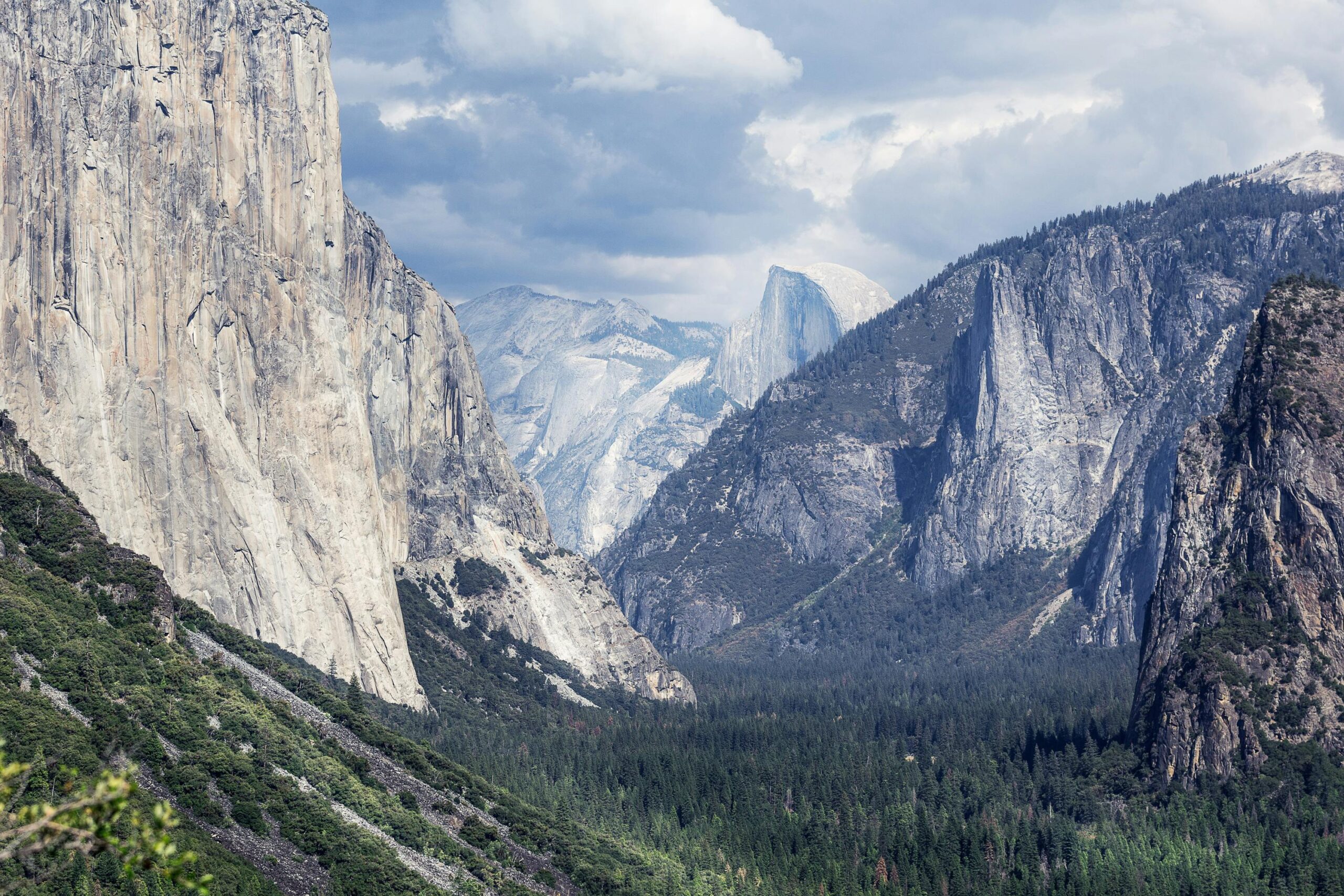Discovering Yosemite National Park
Yosemite National Park, located in the Sierra Nevada mountains of California, is a breathtaking destination that spans over 759,620 acres. This iconic national park is renowned for its stunning granite cliffs, majestic waterfalls, and ancient giant sequoias. Since its designation as a World Heritage Site in 1984, Yosemite has attracted millions of visitors each year, all eager to explore the park’s unique geological features and diverse ecosystems. Cascading waterfalls like the famous Yosemite Falls, clear streams, and serene meadows contribute to the park’s reputation as one of nature’s masterpieces.
Geology and Natural Features
The geology of Yosemite is characterized by its striking granite formations and the remnants of ancient rock deposits. About 10 million years ago, the Sierra Nevada underwent significant geological changes, which created steep river beds and narrow canyons. Glaciers sculpted the U-shaped Yosemite Valley approximately one million years ago, giving the park its distinctive landscape. Visitors can hike numerous trails to witness the breathtaking panoramas of Half Dome and El Capitan, two legendary rock formations that challenge climbers from around the world.
Cultural Significance and History
Yosemite is steeped in rich history that encompasses both Native American heritage and the pioneering spirit of early settlers. The Ahwahneechee people were the original inhabitants of the area, living in harmony with nature for thousands of years before European American settlers arrived in the mid-19th century. Key figures such as John Muir played a pivotal role in advocating for the preservation of Yosemite, ultimately leading to its establishment as a national park in 1890. Today, Yosemite National Park continues to be a symbol of environmental protection and conservation efforts, drawing around four million visitors annually who seek to experience its natural beauty and cultural significance.
